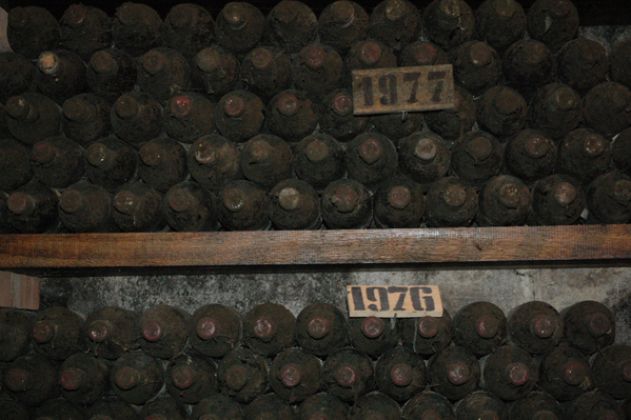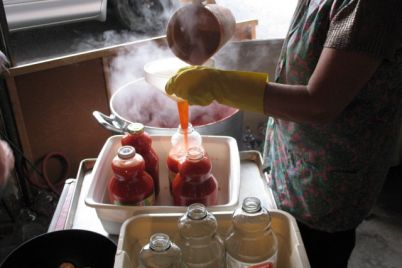Valpolicella is definitely one of the most complicated wine-producing areas, and can only be fully understood if explored in person.
To love the bitter Amarone – a title such as this, and a tongue twister to boot, could be misleading for one of the best Italian wines: the opulent Amarone. It would have been better to say “amare il dolce amarone” or to love the sweet Amarone, not because this world-famous nectar has any sugar content, but because it is a very romantically “sweet” drink!
Whenever I travel to Italy, I always get into an obsessive, frenetic search for that elusive, yet undiscovered wine. The objective? To talk about it. My last trip brought me to Valpolicella, the “valley of the many cellars,’’ located in the north-eastern region of Veneto – in the heart of Amarone.
The Valpolicella is actually closer to Milano, so I arranged to land at Milano Malpensa. I arrived early in the morning, rented a car and set a course in the direction of Lake Garda – a two-hour drive. Not having slept on the plane, I was not that comfortable during the drive. Sometimes I wanted to close my eyes, but driving on Italian highways is a pleasure all its own!
From Milano travelling east, just before Valpolicella, is the Lake Garda region, worth a stop for a day or two. The calm of the lake, the nice breeze, the view of the white Alps all around, and that sensuous early morning mist are a nice treat – far from the busy city life. I spent a few days in Peschiera del Garda to rest and meditate.
However, my respites never last long. I always try to get the most out of my wine tours. After a busy day of “wine exploration,” I return to my room in the comfortable locanda, open the window, and breathe the fresh air, while I gaze at the lake. I organize my wine notes and photographs, and prepare my itinerary for the next day.
This Western corner of Veneto features many DOC wine regions. Three of them can avail themselves of the term “classico” on the wine label. This means that the wines in these regions are produced in a geographical area that is the original core – where that wine was first made. The same is true in Tuscany, for instance, for the Chianti Classico – an area located between the cities of Siena and Florence.
The Classico wine areas of Veneto, which the wine tourist will encounter travelling from west to east (say from Lake Garda to Venice) are Bardolino Classico, Valpolicella Classico and Soave Classico.
Bardolino is a small area, on the east coast of Lake Garda, a few kilometres north of Peschiera. It produces lovely fresh wines with a light ruby (sometimes almost rosé) colour, to be enjoyed young, accompanying the local cuisine of fresh lake fish. The wine is made with grapes that can be found throughout the region: Corvina, Rondinella, Molinara.
Continuing eastward is Valpolicella, just north of Verona. The Valpolicella includes four main townships and many smaller villages. Wines are made with the same grapes as Bardolino, but with some added native varieties such as Corvinone. However, the wines are totally different in bouquet, structure and finish. The vineyards enjoy a different soil, exposure to sun, and wine-making techniques that make them unique in the world. Ripasso is fermented twice in order to add complexity to the final product’s bouquet and structure. Amarone is vinified using semidried grapes to increase body, alcohol, and to adjust the resulting balance. Recioto is that sweet delicacy made with the best top part of the grape bunch (also called recia that in the local dialect means ear). Valpolicella is definitely one of the most complicated wine-producing areas, and can only be fully understood if explored in person.
Located further east near the town of Soave is the Soave Classico area. The Garganega grape is what is used mostly here. However, this grape performs best if vinified sweet according to the passito method (natural drying process).
This spring I will be fully immersed for one week at Vinitaly, one of the world’s biggest wine shows held in Verona. Stay tuned, as I promise more enlightening wine articles in the issues ahead!
Sommelier, journalist, teacher and food connoisseur, Antonio Mauriello was born and raised in Rome. His article “Italy’s Gambero Rosso and Intelligent Wines” appeared in the Winter 2006 issue of Accenti. He lives in Ottawa with his wife Nina.
First published in Accenti Magazine, Issue 10.




